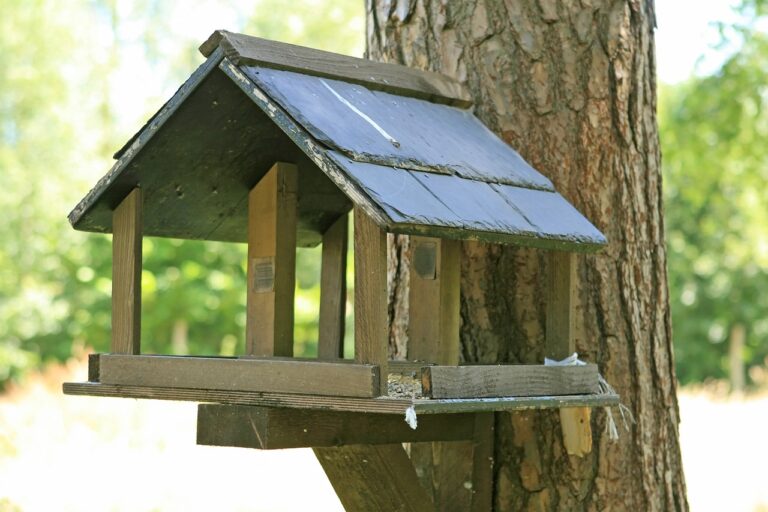The Future of Sustainable Air Travel: Biofuels, Electric Planes, and Carbon Offsetting
Environmental concerns are increasingly pressing in the aviation industry, as the sector accounts for a significant portion of global carbon emissions. The relentless growth in air travel is exacerbating these challenges, leading to heightened scrutiny and calls for more sustainable practices within the industry. Airlines and aircraft manufacturers are under pressure to find innovative solutions to reduce their environmental impact while still meeting the demands of a growing market.
One of the main challenges facing the aviation industry is the development and adoption of more fuel-efficient technologies. While progress has been made in this area, there is still much work to be done to significantly reduce carbon emissions from air travel. Additionally, the industry faces regulatory pressure to comply with stricter emissions standards, adding another layer of complexity to the already challenging task of addressing its environmental impact.
The aviation industry must invest in research and development to create more fuel-efficient aircraft
Airlines need to implement operational changes to reduce emissions during flights
Manufacturers should explore alternative fuels and propulsion systems to decrease carbon footprint
Regulatory bodies play a crucial role in setting standards and enforcing compliance within the industry
Innovative solutions being developed to reduce carbon emissions
One promising approach to reduce carbon emissions in the aviation industry is the development of hybrid-electric aircraft. These aircraft combine traditional jet engines with electric propulsion systems, allowing for more efficient and environmentally friendly flights. By integrating electric power, these aircraft can reduce fuel consumption and emissions, paving the way for a greener future of air travel.
Another innovative solution gaining traction is the use of sustainable aviation fuels (SAFs). These fuels, derived from renewable sources such as biomass and waste materials, offer a more eco-friendly alternative to conventional jet fuels. By incorporating SAFs into their operations, airlines can significantly decrease their carbon footprint and contribute to a more sustainable aviation industry.
The role of biofuels in sustainable air travel
Biofuels have emerged as a promising solution to reduce carbon emissions in the aviation industry. Made from organic sources such as plants and waste materials, biofuels offer a more sustainable alternative to traditional jet fuels. Airlines are increasingly turning to biofuels as a way to lower their environmental impact and meet emissions reductions targets set by regulatory bodies.
The use of biofuels in aircraft has the potential to significantly decrease greenhouse gas emissions compared to conventional jet fuels. By incorporating biofuels into their fuel mix, airlines can contribute to a more environmentally friendly aviation sector. While there are still challenges to overcome, such as scaling up production and ensuring a stable supply chain, biofuels show great promise in paving the way towards a more sustainable future for air travel.
What are some challenges faced by the aviation industry in terms of environmental impact?
Some challenges include carbon emissions, noise pollution, and air quality concerns.
What innovative solutions are being developed to reduce carbon emissions in the aviation industry?
Some innovative solutions include the development and use of biofuels, electric aircraft, and more fuel-efficient engines.
What is the role of biofuels in sustainable air travel?
Biofuels can help reduce the carbon footprint of air travel by providing a more sustainable alternative to traditional fossil fuels.
How do biofuels differ from traditional fossil fuels?
Biofuels are derived from renewable sources such as plants or waste materials, while traditional fossil fuels are derived from finite resources like crude oil.
Are biofuels currently being used in commercial aviation?
Yes, biofuels are being used in some commercial flights as a way to reduce carbon emissions and promote sustainability in the aviation industry.







